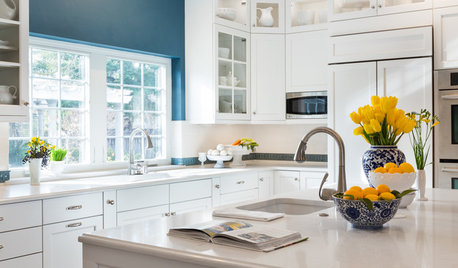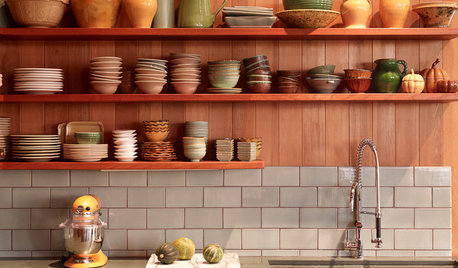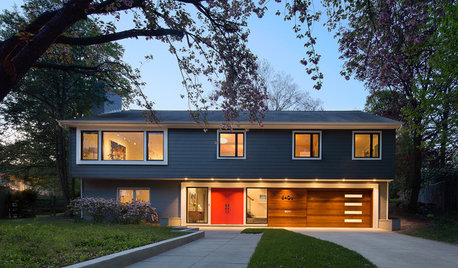Help me save my Semi-Dwarf Fuji Apple?
Vince_Maskeeper
9 years ago
Related Stories

SELLING YOUR HOUSE9 Tips for Living a (Semi-)Normal Life While Your Home Is Being Shown
Preparation, routine and treats help you make the house you’re selling presentable at a moment’s notice
Full Story
EDIBLE GARDENSHow to Add an Apple Tree to Your Edible Garden
Readily available, beautiful and fragrant, apple trees offer four-season interest along with crisp, juicy fruit
Full Story
KITCHEN CABINETS9 Ways to Save Money on Kitchen Cabinets
Hold on to more dough without sacrificing style with these cost-saving tips
Full Story
HOUZZ TOURSHouzz Tour: Saving a ‘Brady Bunch’ Staircase in a Midcentury Remodel
Personal sentiments about the classic TV show convinced this D.C. couple to overhaul this 1968 home
Full Story
HOME TECHSave Your Decor — Hide Your Media Stuff
When you tuck boxes, wires and speakers into walls and ceilings, all you'll notice is your favorite shows or music
Full Story
LANDSCAPE DESIGNLandscaping Tricks to Manage Stormwater Runoff
Help rainwater absorb slowly back into the earth with paving grids, gravel beds and other porous systems
Full Story
BEFORE AND AFTERSSee 6 Yards Transformed by Losing Their Lawns
Wondering whether a turf lawn is the best use of your outdoor space? These homeowners did, and they found creative alternatives
Full Story
SAVING WATERHouzz Call: Are You Letting Go of Your Lawn?
Many facing a drought are swapping turf for less thirsty plantings. If you’re one of them, we’d like to hear about it
Full Story
LANDSCAPE DESIGN15 Great Ideas for a Lawn-Free Yard
End the turf war for good with hardscaping, native grasses and ground covers that save water and are easier to maintain
Full Story
GREAT HOME PROJECTSHow to Replace Your Lawn With a Garden
New project for a new year: Lose the turfgrass for energy savings, wildlife friendliness and lower maintenance
Full Story








jean001a
applenut_gw
Related Professionals
Beavercreek Landscape Architects & Landscape Designers · Montgomeryville Landscape Architects & Landscape Designers · Saint Louis Park Landscape Architects & Landscape Designers · Walnut Landscape Architects & Landscape Designers · Garden City Landscape Architects & Landscape Designers · Brandon Landscape Contractors · Bridgeport Landscape Contractors · Edwardsville Landscape Contractors · Hilo Landscape Contractors · Mercedes Landscape Contractors · Norwalk Landscape Contractors · Olympia Landscape Contractors · Vacaville Landscape Contractors · Wanaque Landscape Contractors · Yukon Landscape ContractorsSkie_M
alan haigh
curtis
jbraun_gw
steve333_gw
alan haigh
rayrose
Vince_MaskeeperOriginal Author
rayrose
jean001a